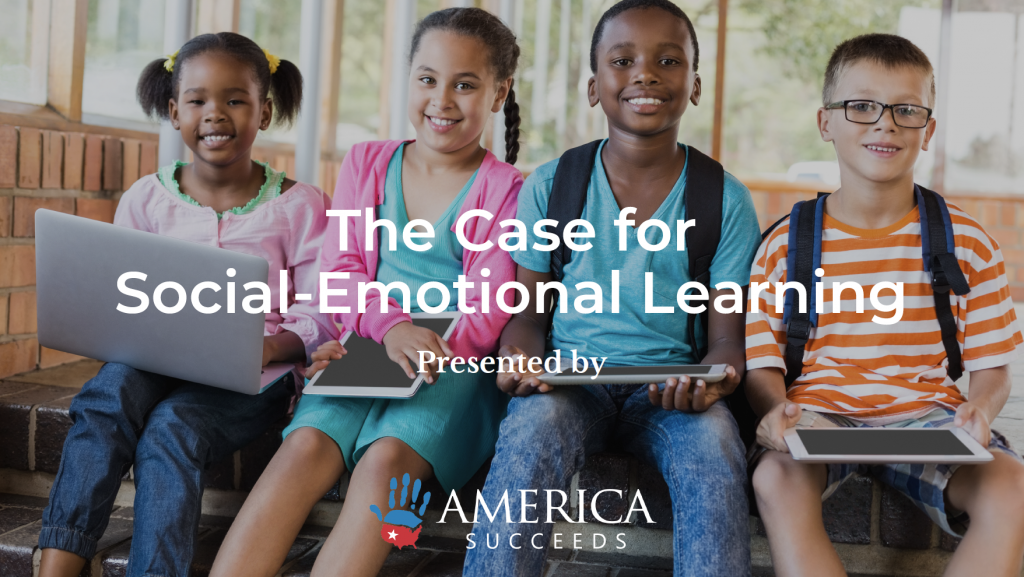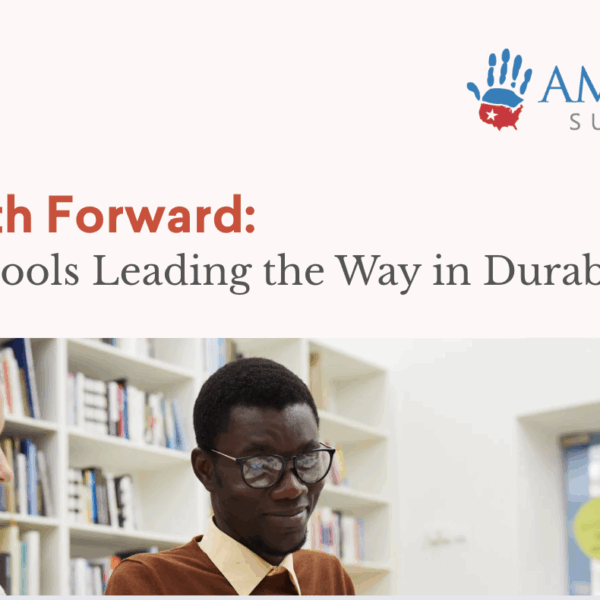In 2018 and early 2019, America Succeeds embarked on a nationwide Age of Agility tour, where we convened over 2,100 stakeholders – education leaders, policymakers, and business leaders – to have discussions on the implications of the education system preparing students for the workplace in the new world of artificial intelligence and robots. There was a consensus that hard and technical skills are important, but soft skills such as communication, collaboration, creativity, and critical thinking are competencies employers rank higher in importance (especially since they are already having a hard time finding qualified workers with these competencies). And, it wasn’t just the people attending these convenings who said this – report after report has data backing these claims up.
Following these discussions and a large amount of research pointing to the importance of soft skills, America Succeeds took a deeper dive into how schools can help students develop these critical skills that so many current workers are missing. Soft skills are not always innate, but with a curriculum that integrates social-emotional learning competencies into the student learning experience, research has shown that students (and teachers! and school administrators! and employers!) have all-around better outcomes.
If you’re not familiar with social-emotional learning, CASEL (Collaborative for Academic, Social, and Emotional Learning) defines it as “the process through which children and adults understand and manage emotions, set and achieve positive goals, feel and show empathy toward others, establish and maintain positive relationships, and make responsible decisions.”

There are several approaches to SEL, including explicit SEL skills instruction through targeted lessons, integration with academic curriculum, plus school organization, cultural, and climate strategies conducive to SEL-aligned behaviors. There have been large-scale studies on SEL programming that show promising outcomes such as increased academic achievement, improved behavior, improved economic mobility, and improved life outcomes.
We are excited about the potential of SEL and the positive results it can yield for students and employers alike. To learn more check out the SEL Resources we created, including The Business Case for SEL, Introduction to SEL, and The Case for Social-Emotional Learning e-book (also available for download in the America Succeeds’ Resource Library.)




